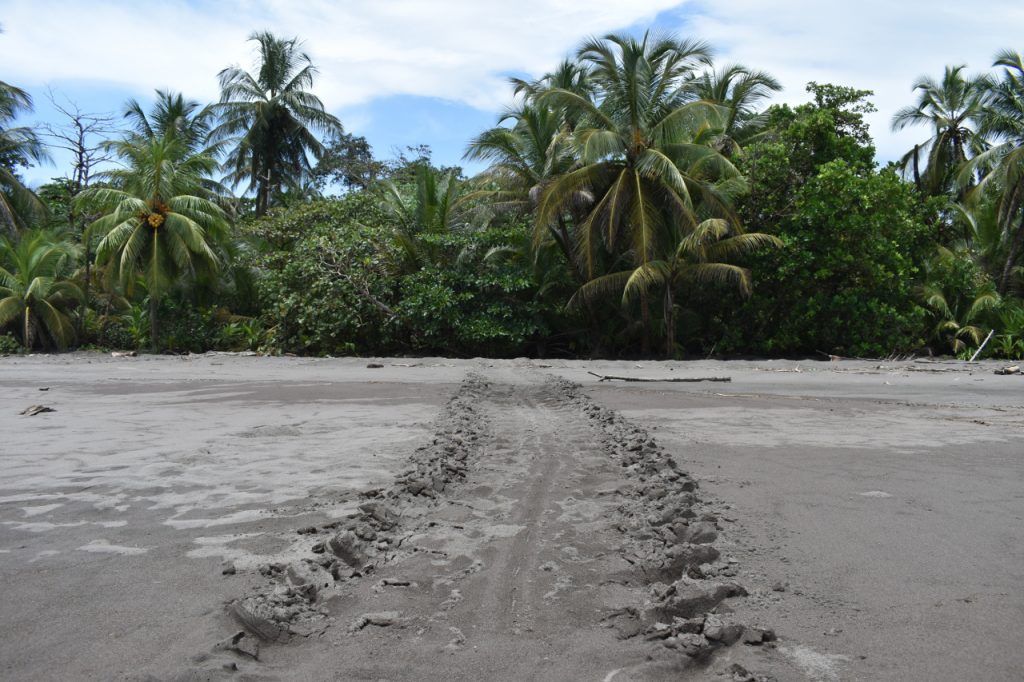Hi there,
The Tortuguero National Park with 19,000 hectares, is a protected wild area of Costa Rica since 1970, located in the north of the Caribbean coast. Its beaches are the scene of nesting of sea turtles (including endangered green turtles) and around the park there is a dense tropical forest full of wildlife with the largest biological variety in the country.
Tortuguero was our third stop in this country, after San José and Cahuita. The purpose here was to see the turtles laying their eggs on the beach.
In Cahuita we spoke with the owner of the hotel regarding the way to go to Tortuguero to contrast what we had researched on the internet. From Cahuita you must take a bus to Limón (1h), there a taxi would pick us up and take us to Moín (10min), where we took the boat to Tortuguero (3h). The owner of our hotel said that if we made the reservation for the boat, the taxi that would pick us up in Limón would be included.
We left Cahuita in the middle of the rain and when we got to Limón weather was already improving.
We left almost an hour late because the captain, who had fallen with the motorcycle that morning, had not put gasoline on the boat. The tour lasts 3 hours because it stops along the way to show you the animals that are there. We saw monkeys, sloths, crocodiles, the Jesus Christ lizard, and many birds.
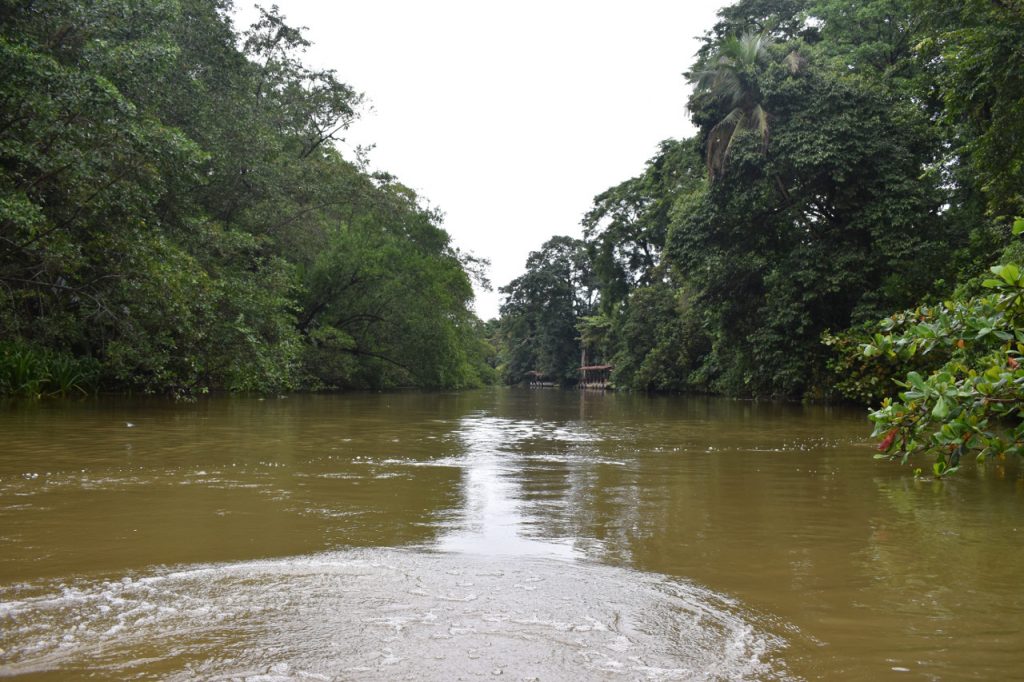
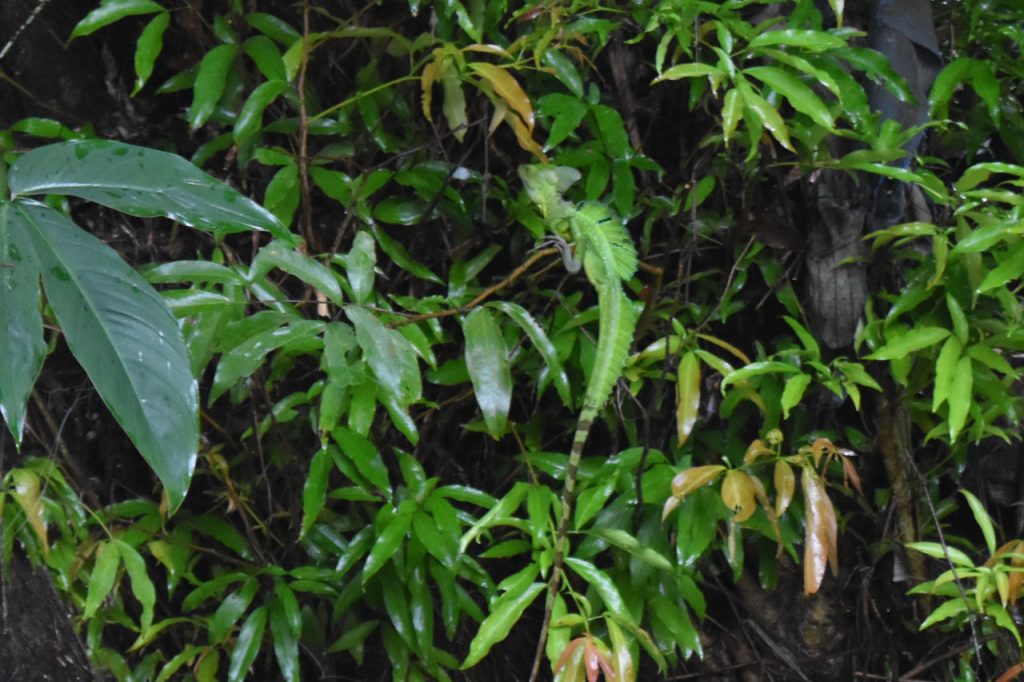
At one point during the trip, Diego sat down in front and started talking to the captain, who told him that in Tortuguero it was forbidden to swim on the beach because there were sharks due to the constant arrival of turtles; we couldn’t swim in the river either because it was polluted since people who do not work in tourism threw their waste into the river.
At the pier, a guy from an agency was waiting to accompany us to the hotel. He was a very bad-looking German who had been in Costa Rica for several years who started telling us about his tours and trying to put pressure on us to book. He also told us that we couldn’t swim anywhere, and we were a bit dismayed as we are beach lovers. Diego hated the German guy, said that he was trying to scam us and that he had surely killed someone in Germany and came to Costa Rica to escape justice.
That afternoon we went to the beach for a walk and the receptionist from our hotel was bathing in the beach. The truth is that you can bathe very carefully and only on the shore. There are sharks but they hunt at certain times and do not reach the shore. There is a lot of current so not even the locals go further in.
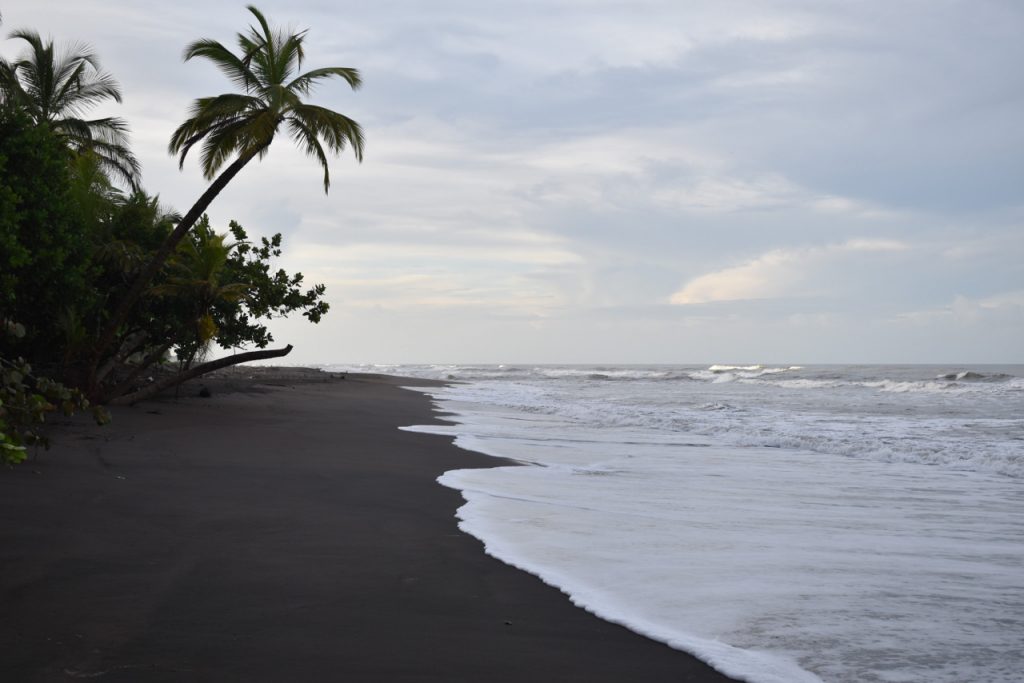
That night we went to do the night walk on a trail that is free. Here what everyone wants to see is the little green frog with red eyes and the German wanted to sell us this tour for $30 each. We saw many insects and a basilisk lizard of another color.
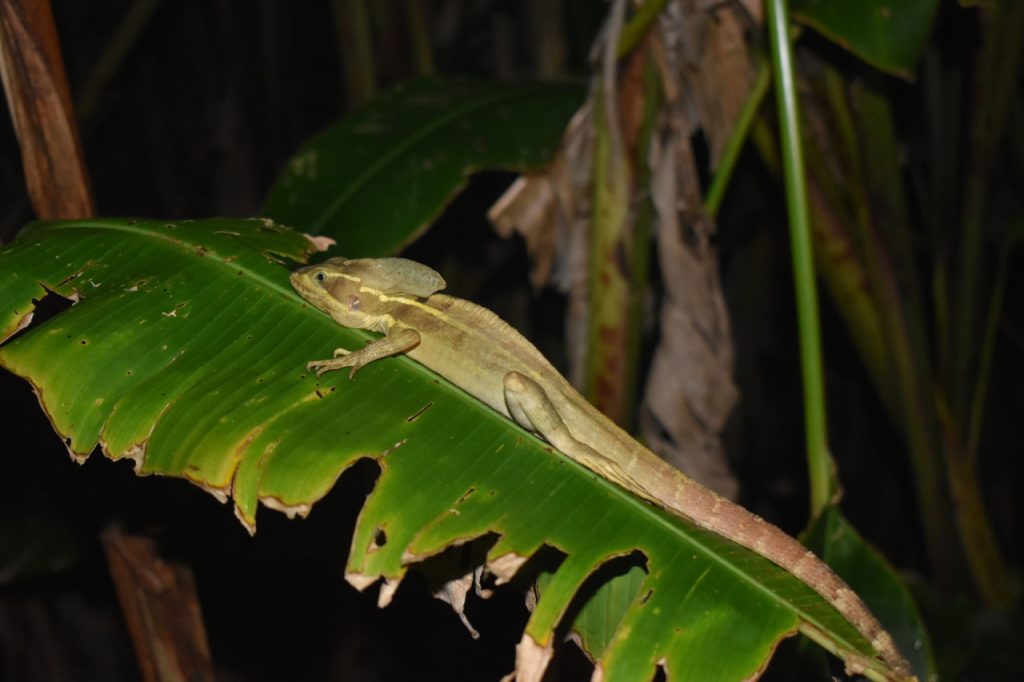
The next day we went hiking through the national park and the entrance fee is $16 per person. We put on sandals since there is a lot of mud in various parts. The route was 10km (what is considered national park) and what we saw the most were monkeys, lizards, spiders and many butterflies. You also have paths that go out to the beach, and you can see the nests of the turtles.
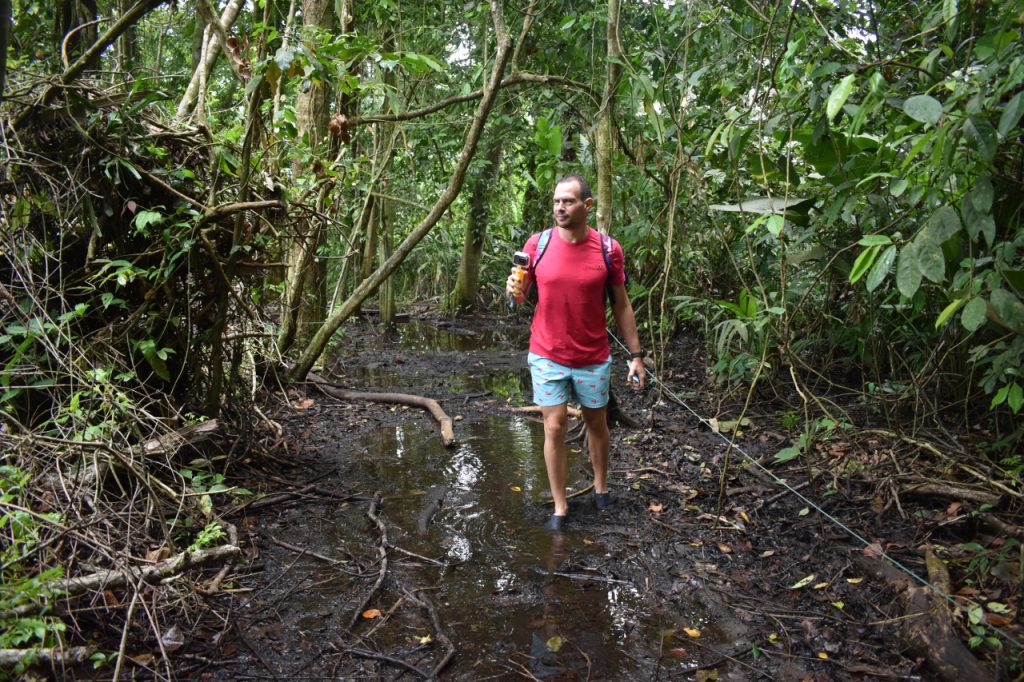
We walked more than necessary and went beyond what is considered national park, going deeper into that jungle. It was obvious that no one was passing by because the mosquitoes were already eating us alive. We even saw a velvet snake in the middle of the road and Diego almost stepped on it. We recorded it and took pictures of it so calmly; then we were told that those snakes are very poisonous.
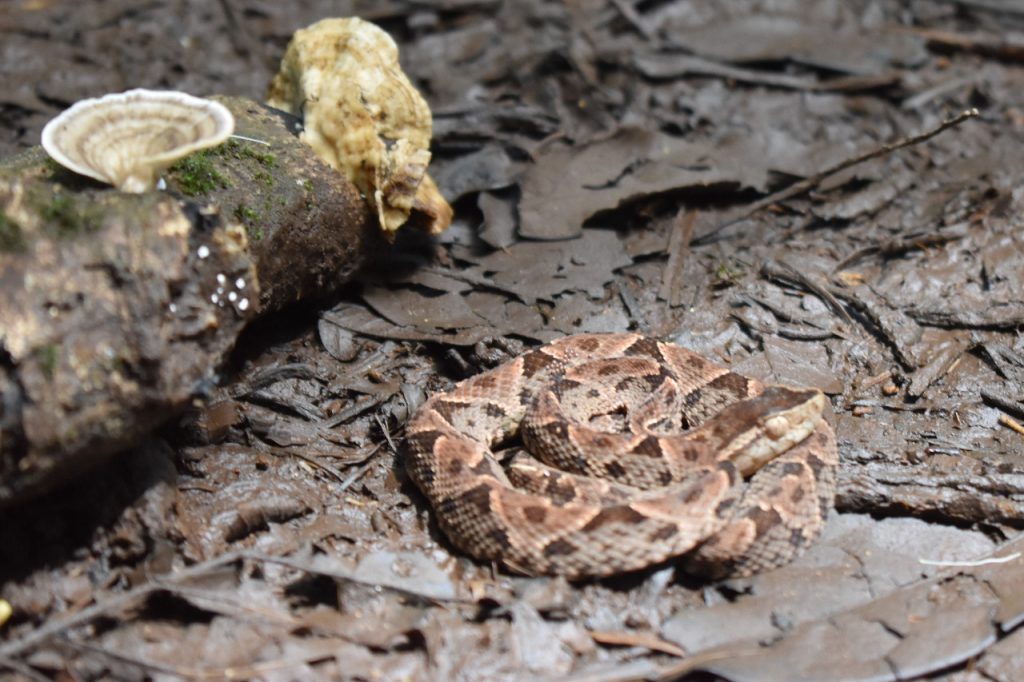
We also saw something furry that escaped us and we couldn’t define what it was.
When the jungle was already eating us and the sun’s rays were getting less and less, we decided to go to the beach because we were fed up with the bugs. As soon as we put our things on the sand to soak and rest a bit, a giant fly started biting my legs (you can’t imagine how much it hurt when it bit) and there was no way to get rid of it. In the end, we managed to kill it.
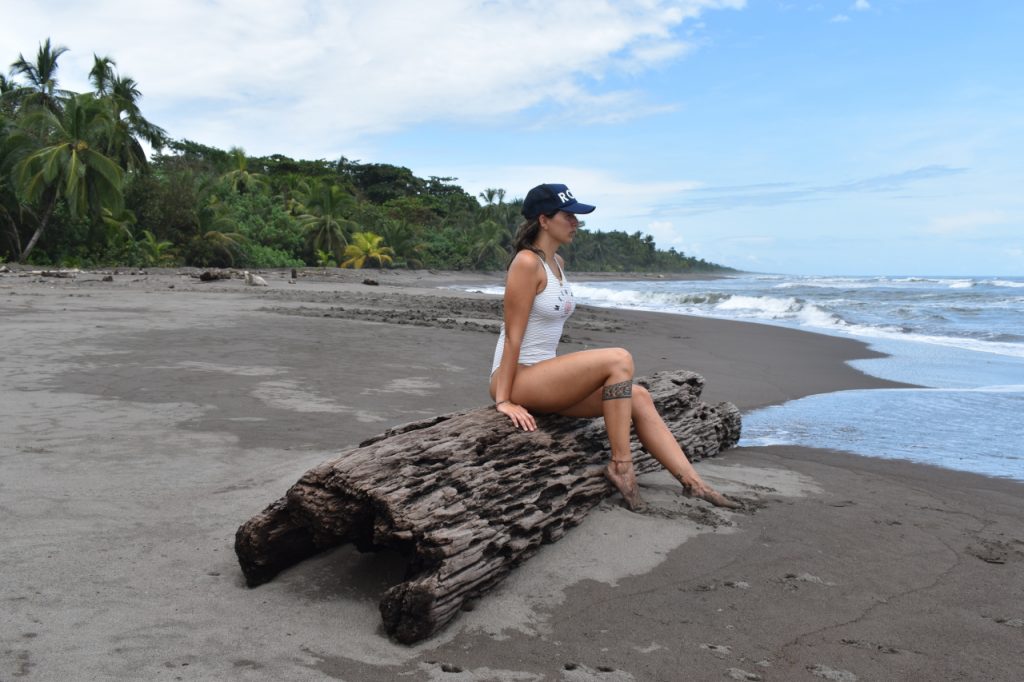
We bathe in that brown sea and continue walking. We arrived at town with sore feet. There we began to ask in the agencies to see who had the best price for the tour of the turtles to do it at night. I will tell you about this tour in the next post.
What I loved about Tortuguero is the dedication that almost all the inhabitants have to protect and conserve nature. It was an american (as in almost all parts of the country) who fought to turn it into a national park and to make Costa Ricans aware that a turtle is worth more alive than dead. In addition, smoking is prohibited everywhere, including the beach, and you are fined for polluting.
The police quad is the only motorized vehicle in town. The rest of the population moves by bicycle or on foot.
Our guide told us that 80% of the inhabitants of Tortuguero are Nicaraguan and that many of them run boats without permits. In Costa Rica, the uncontrolled immigration of Nicaraguans is a big problem.
In Tortuguero, as in Cahuita, the quality/price ratio of the hotels is terrible. When I commented on it in a WhatsApp group of locals, one responded offended that the hotels were ecological and integrated into nature. You can be ecological without being mediocre and dirty. Being green does not prevent you from cleaning or taking care of customer service, or having a hotel that corresponds to what you are charging.
In short, apart from the quality of the hotel (although it was not the worst we saw in Costa Rica), my experience in Tortuguero was wonderful and seeing the turtles is something that will always remain in my memory. Also, to eat we always bought a combo of chicken breast skewer with yuka and salad that was very good for 1500 colones. They were the best skewers we ate on the entire trip.
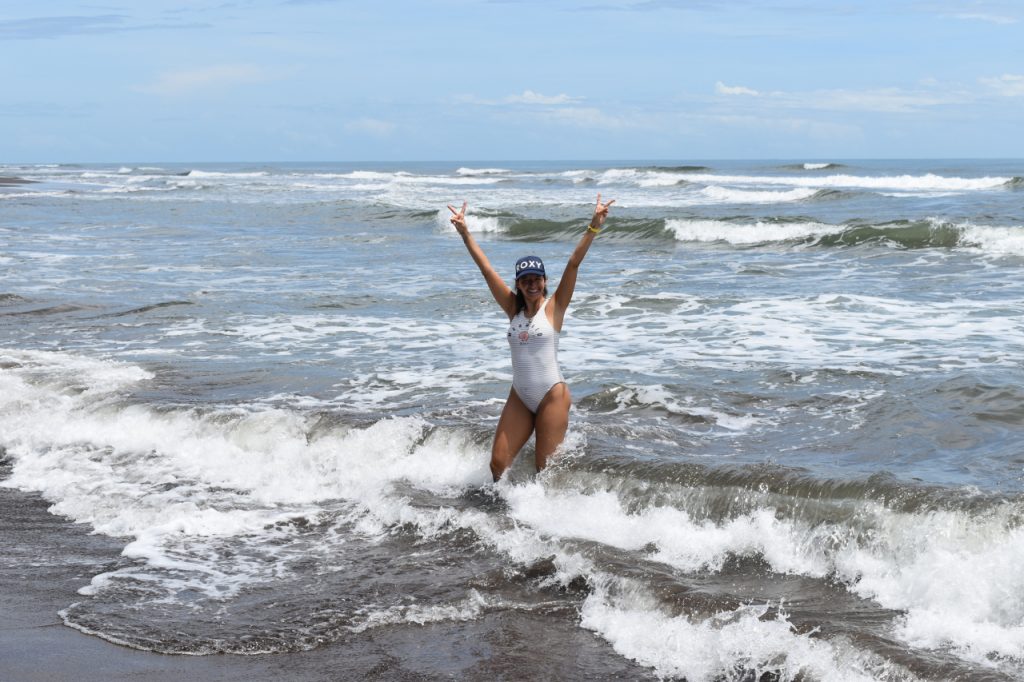
Here is the link to my YouTube channel:
More articles about my trip to Costa Rica:

